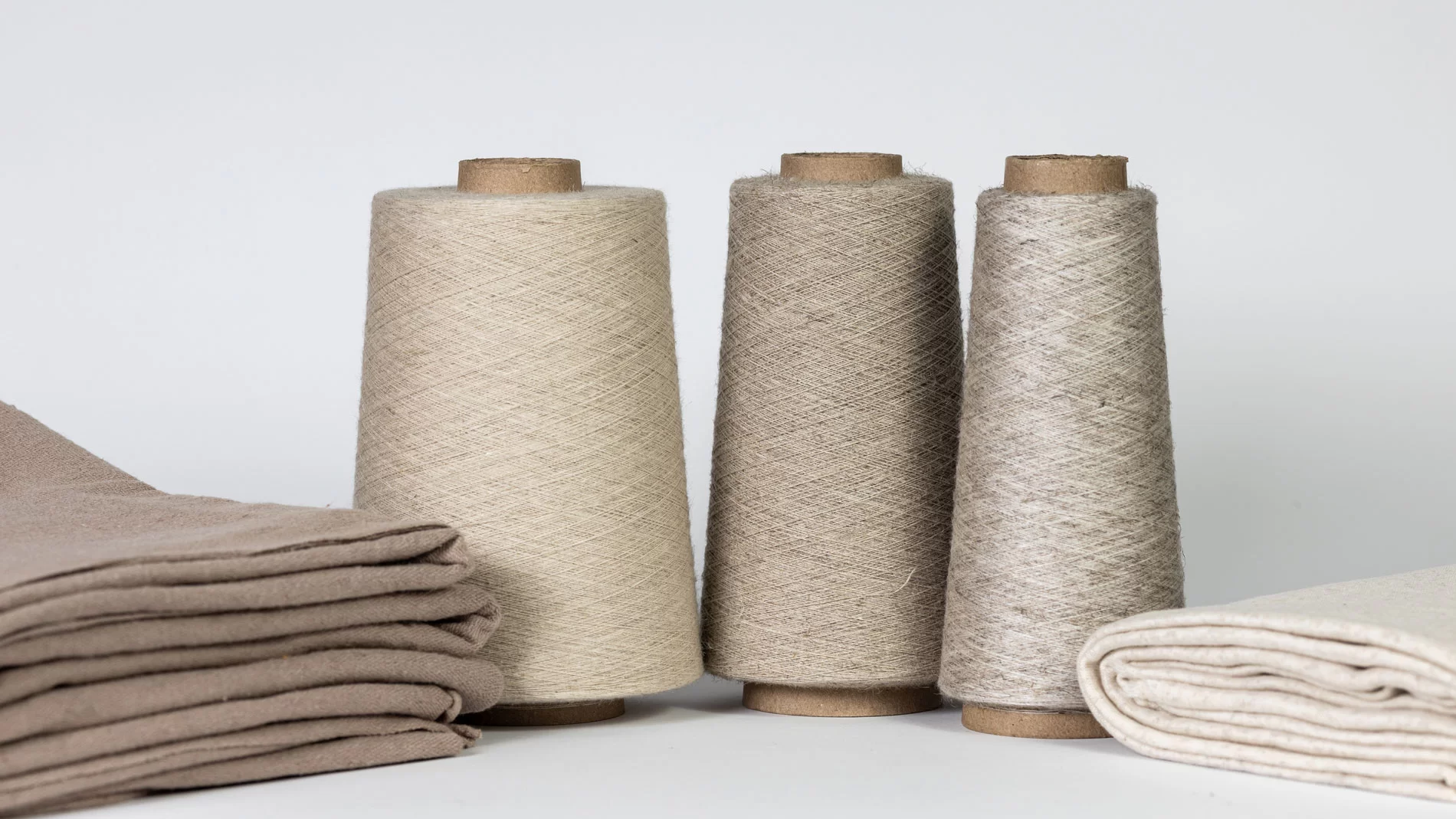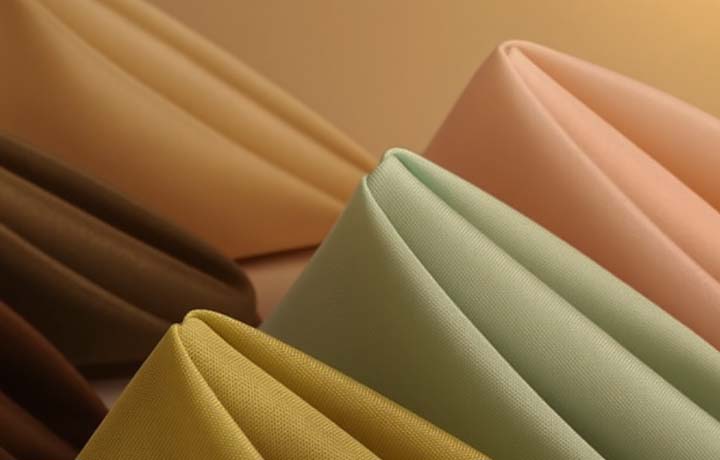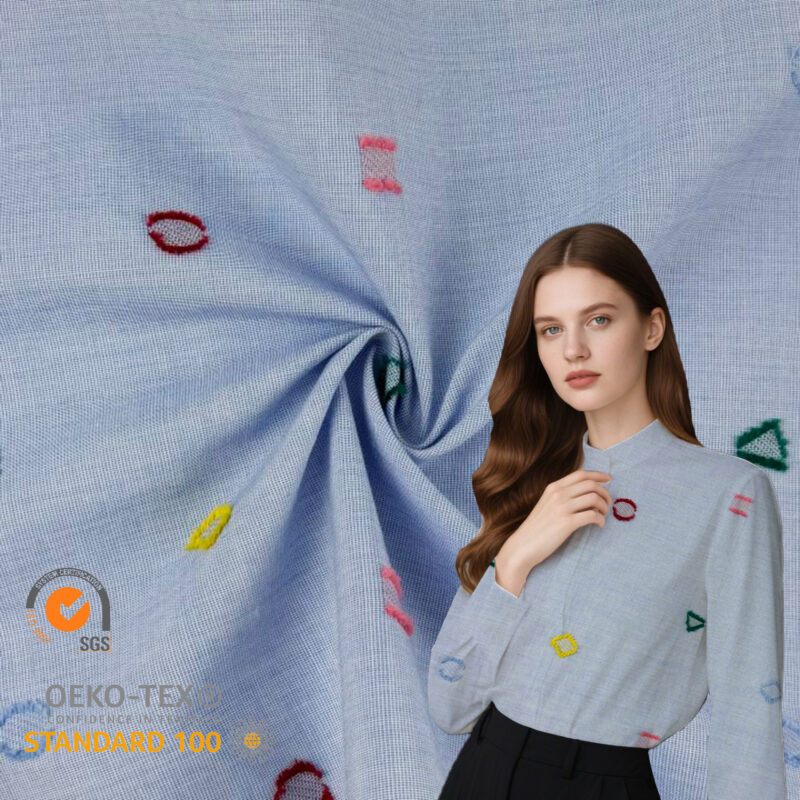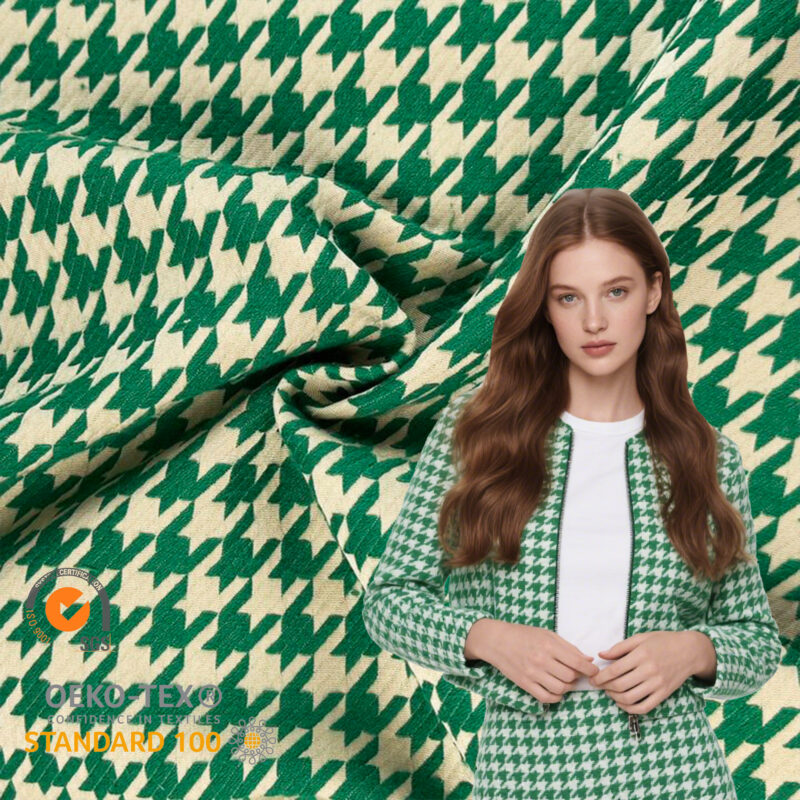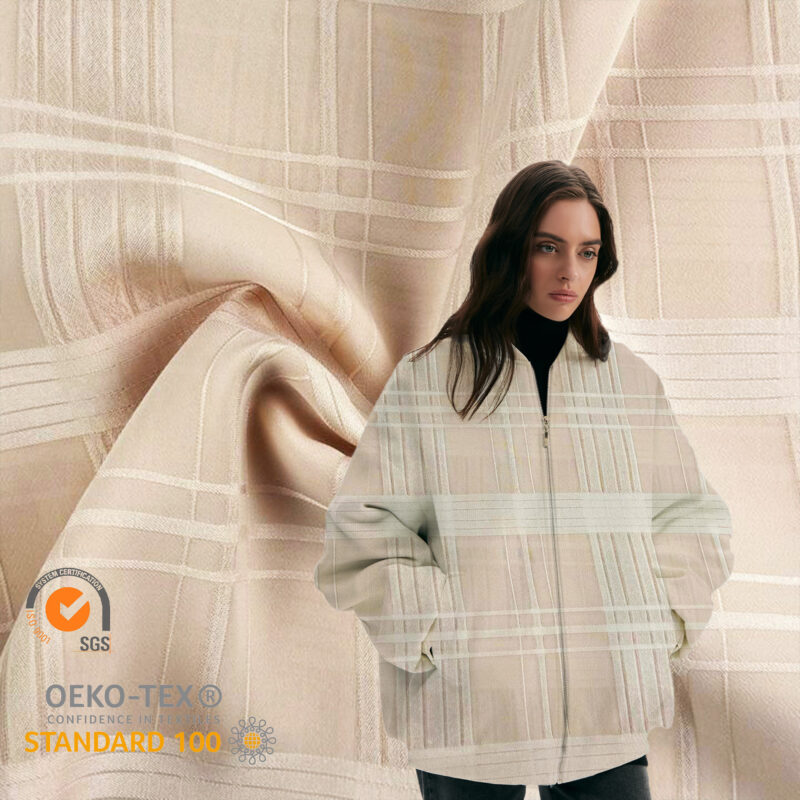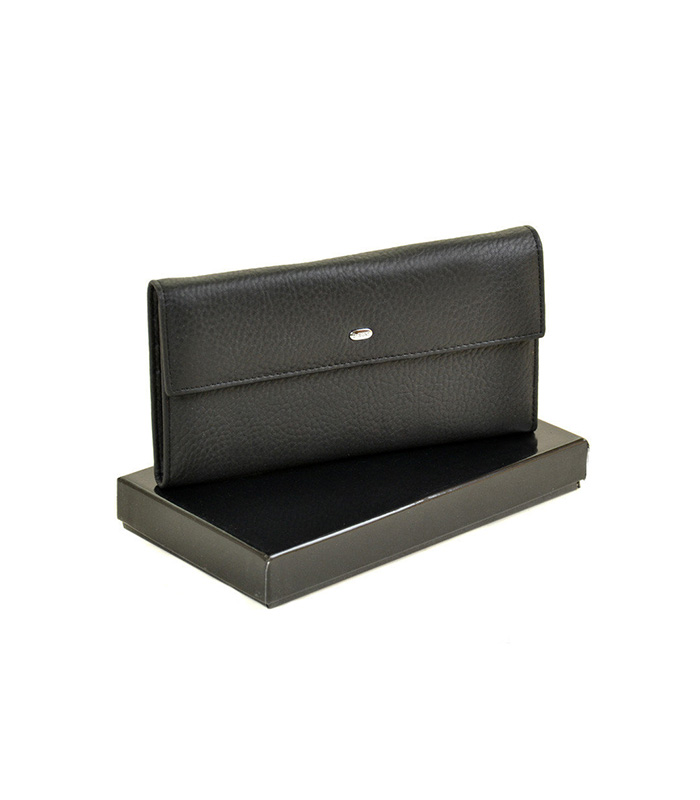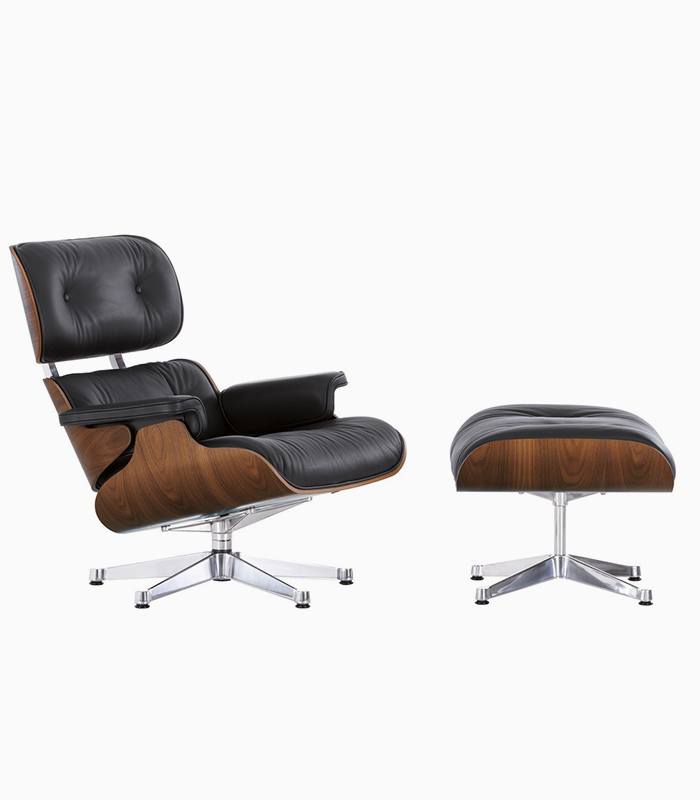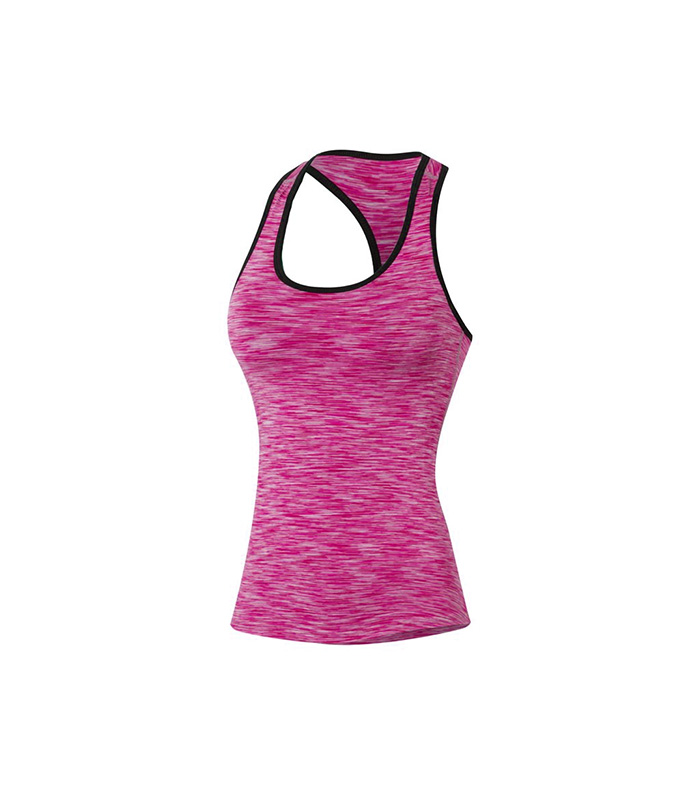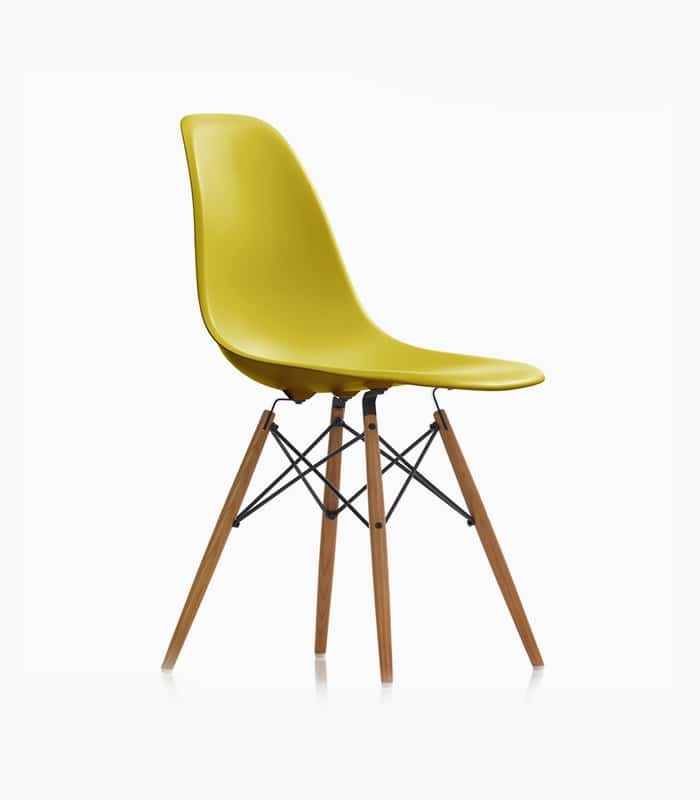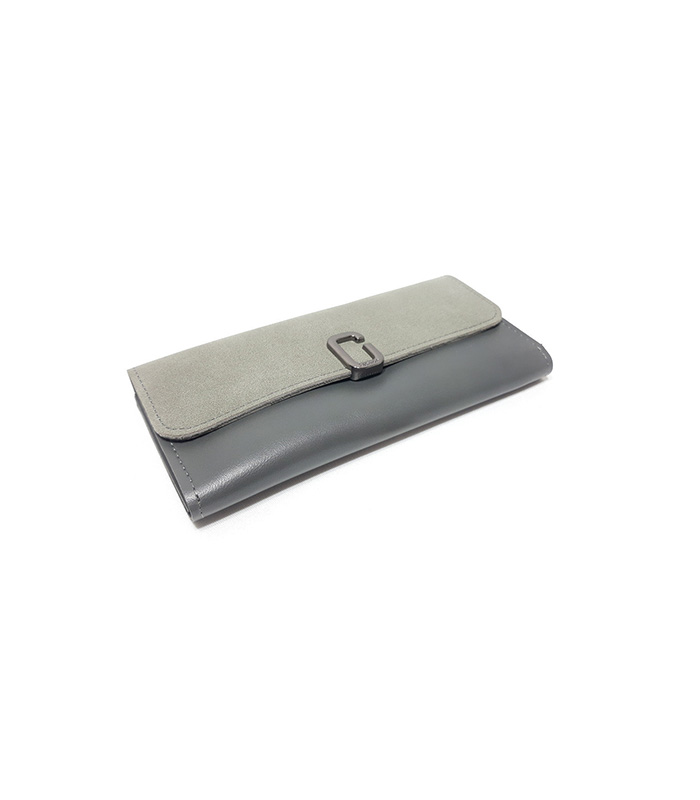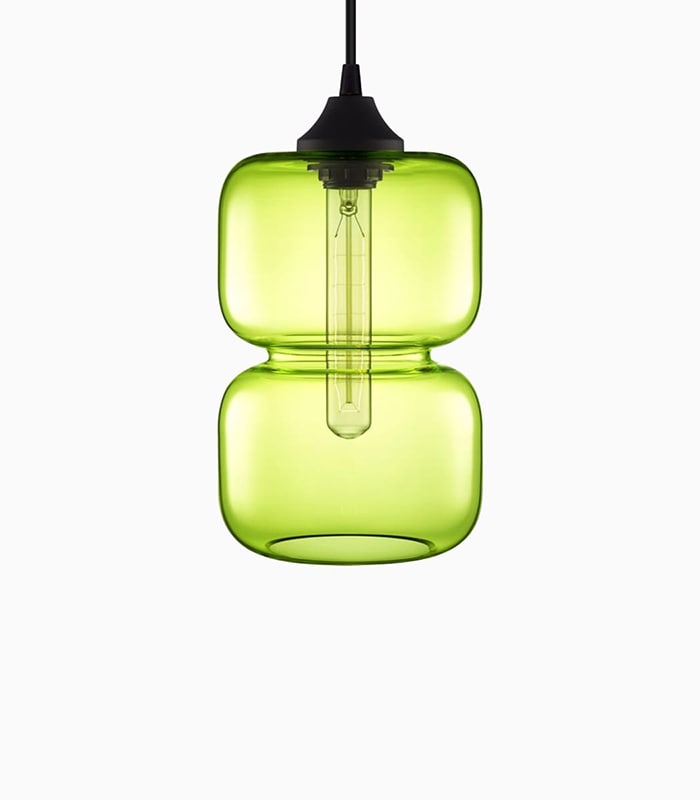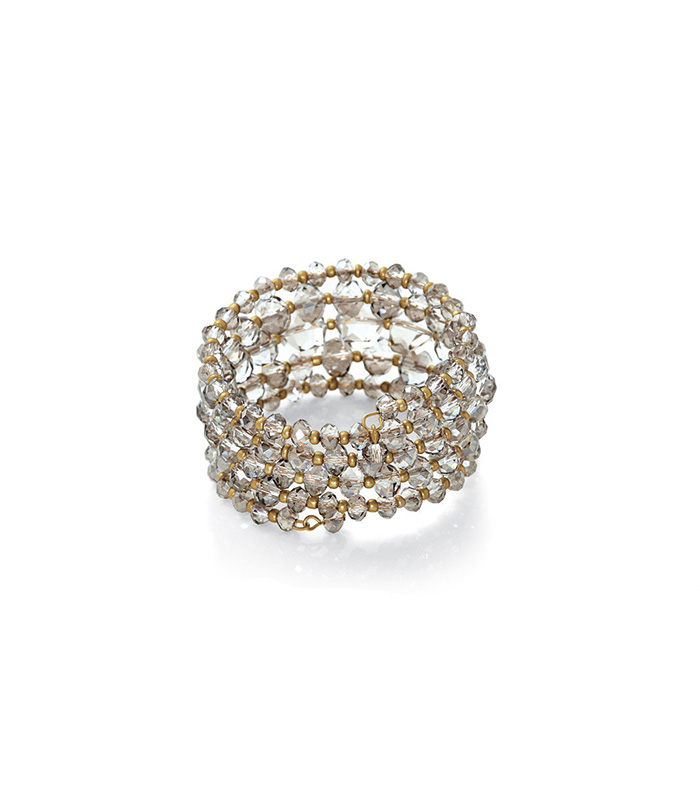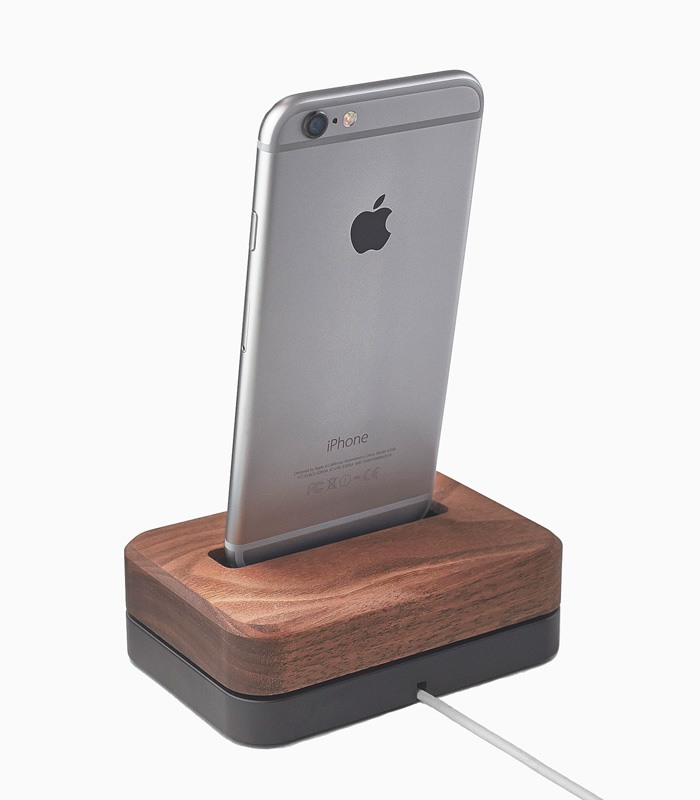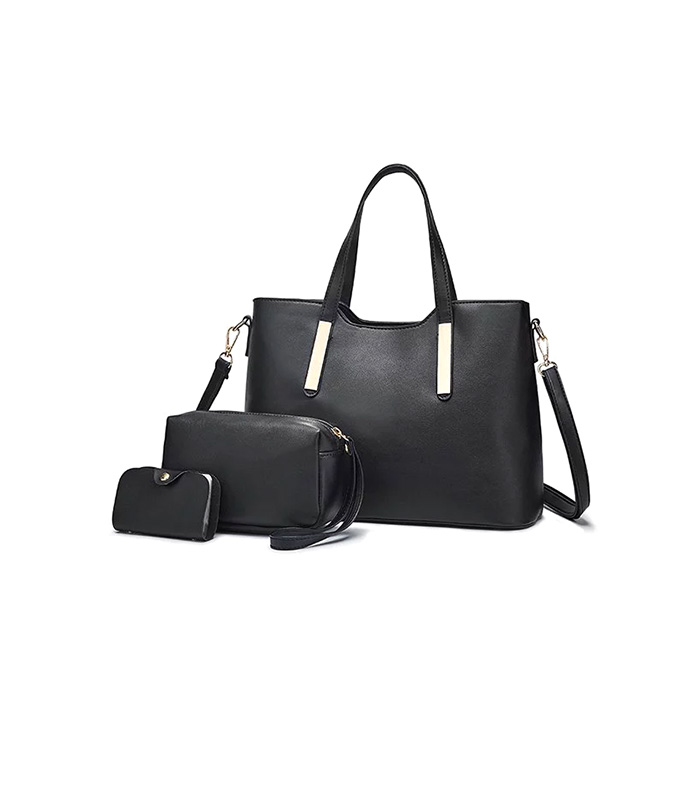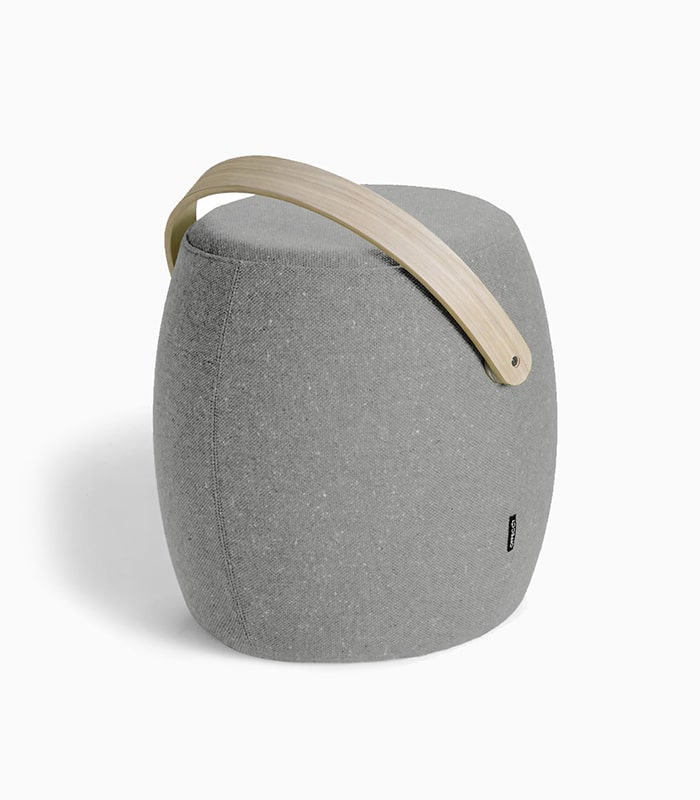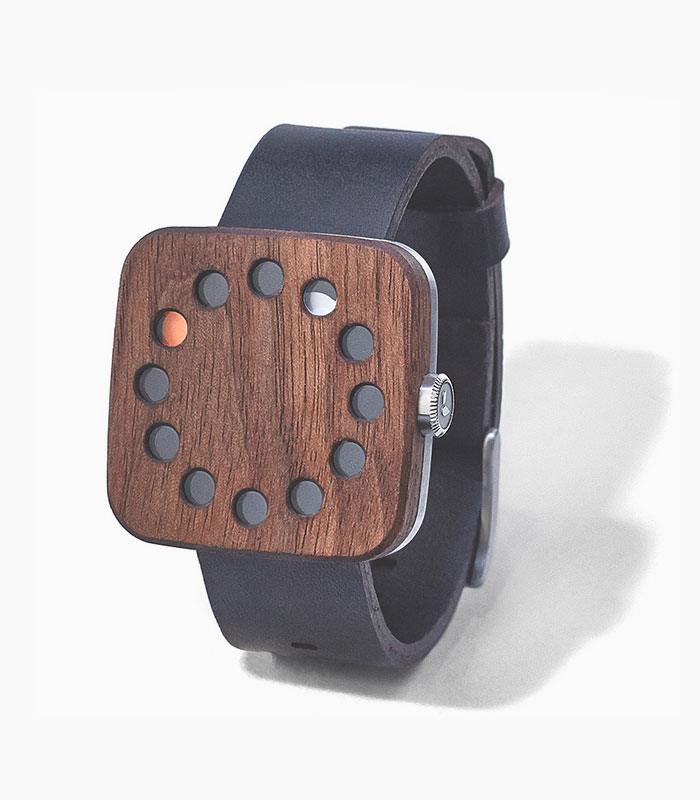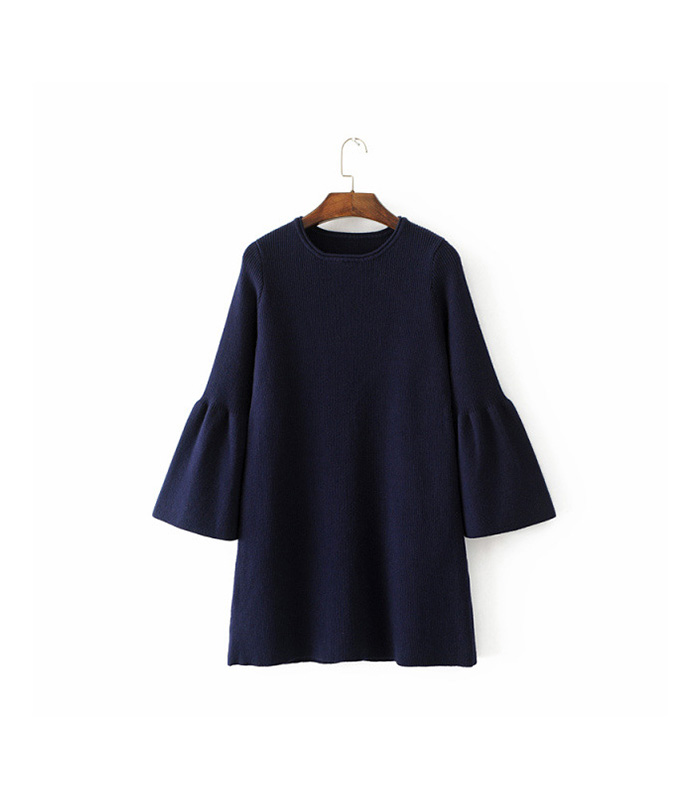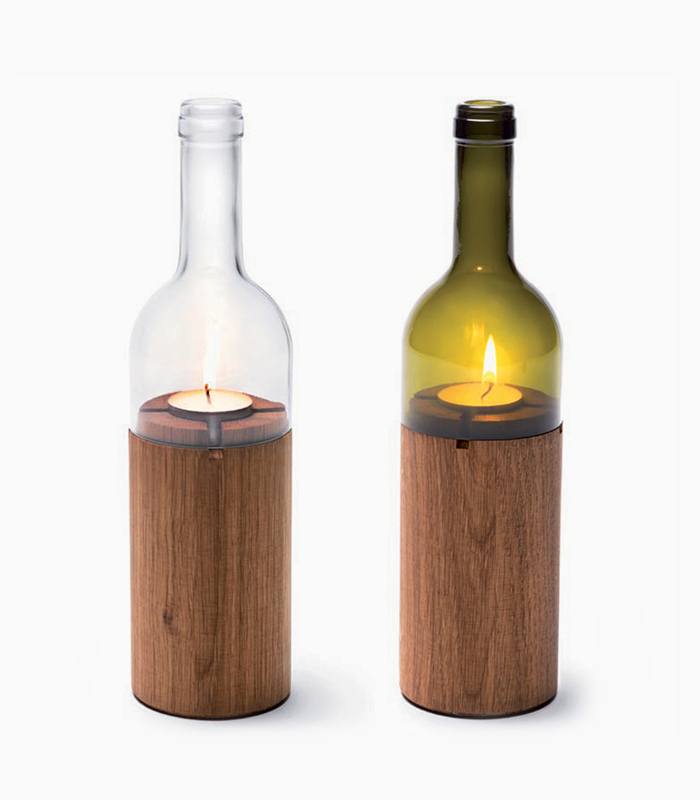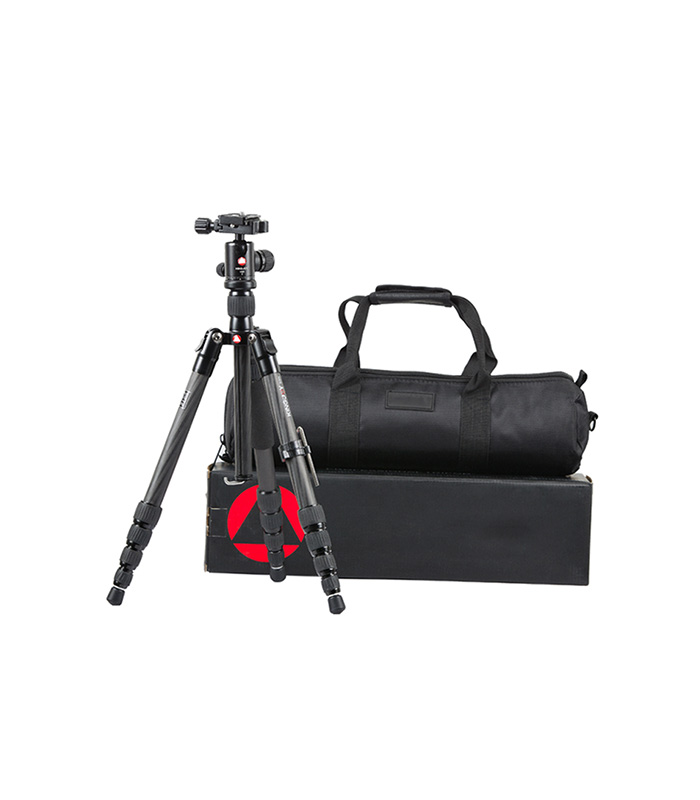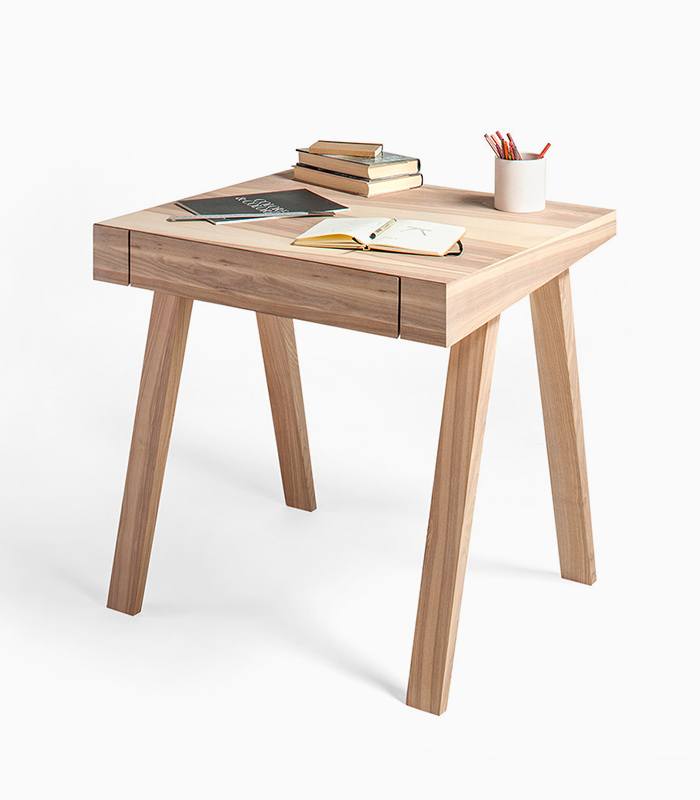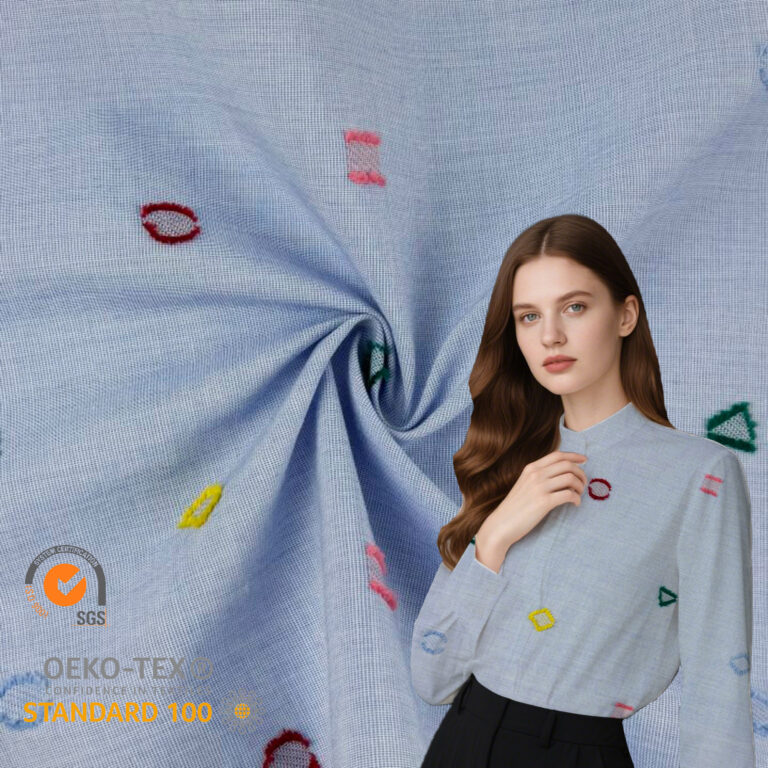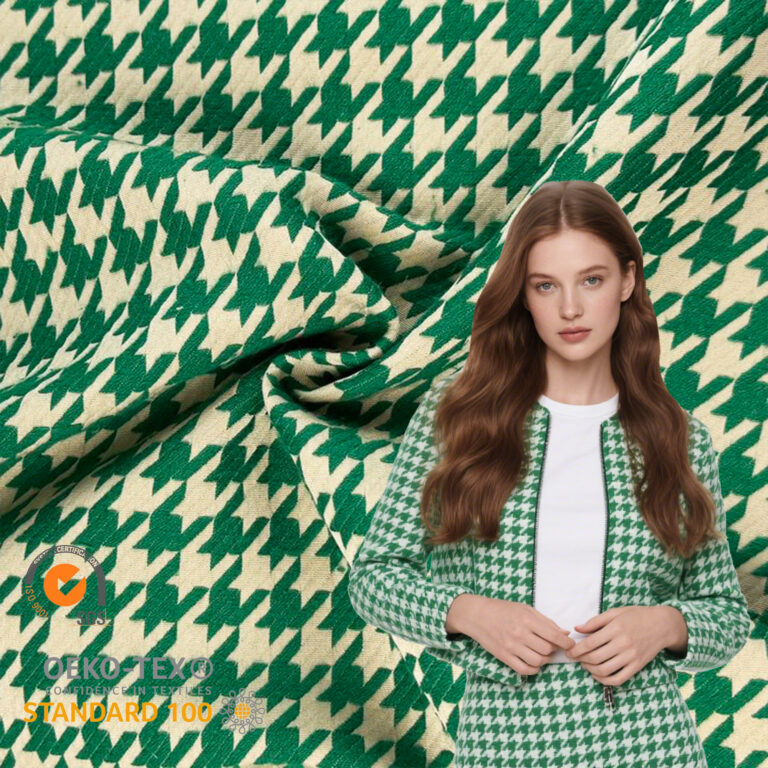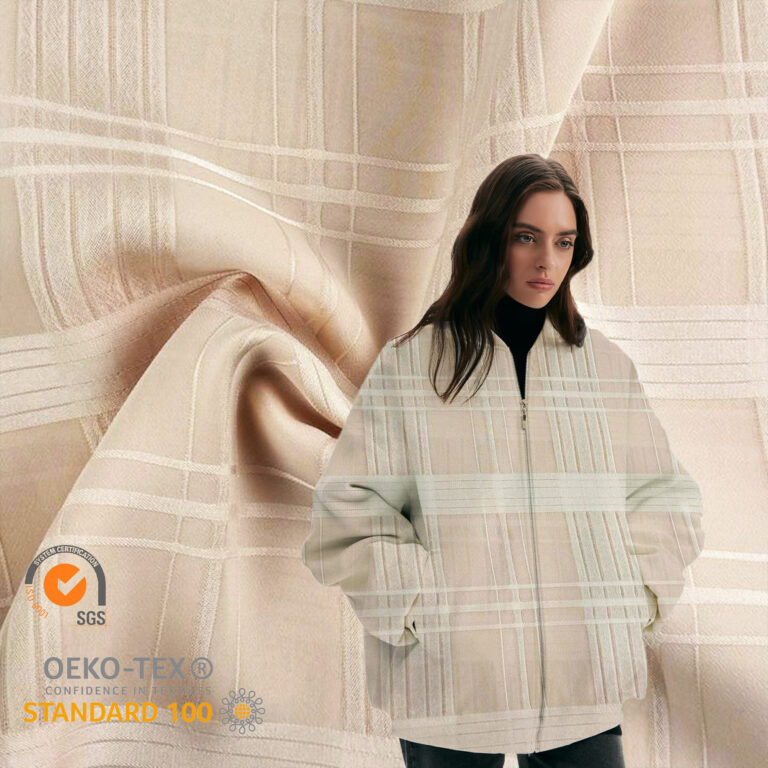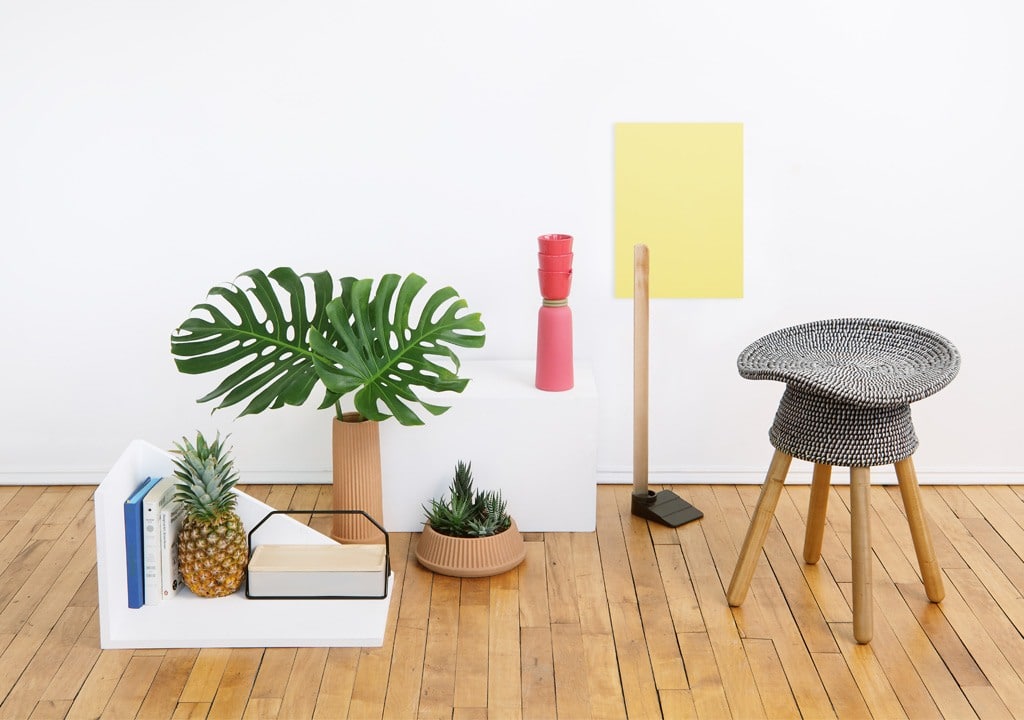Linen: A Global Sensation, Not Just Fabric—But a Lifestyle

In the wave of fashion and lifestyle trends, linen fabric is sweeping the globe with unstoppable momentum. It is no longer just a single clothing material, but a core carrier that connects emotional value, sustainable concepts, design innovation, and home aesthetics—emerging as a "top topic" on foreign social platforms and industry exhibitions.
Emotional Value: The "Effortless Vibe" Code to Combat Anxiety
100% Cotton Yarn-Dyed Jacquard and Cut Pattern
Cotton-polyester Jacquard Fabric
Decoration wooden present
Eames lounge chair
Eames plastic side chair
Henectus tincidunt
iPhone dock
Ornare auctor
Smart watches wood edition
Wine bottle lantern
Wooden single drawer
The fast pace of modern society has made "anti-anxiety" a universal need, and linen fabric perfectly addresses this emotional pain point. Its inherent slight wrinkles and natural texture break the rigidity of excessive refinement, conveying a casual and comfortable attitude toward life through "imperfect aesthetics."
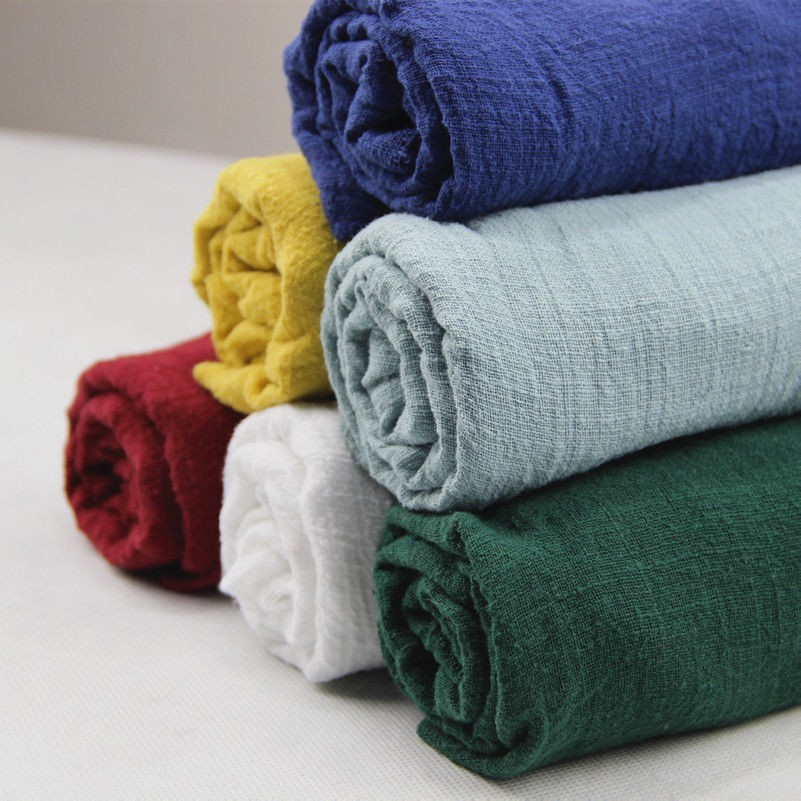
Against the backdrop of global carbon neutrality goals, linen’s environmental advantages have been greatly amplified. It is the only textile that simultaneously meets the three attributes of "natural and eco-friendly," "renewable," and "carbon-neutral," making it a green model from cultivation to production.
Foreign brands have already taken action: Italian high-end fabric brand Piacenza established a public welfare company to promote ecological protection in linen cultivation; Ermenegildo Zegna’s Oasi Lino collection has achieved full traceability of linen fibers, allowing consumers to clearly see the environmental footprint of each item.
For foreign consumers, choosing linen is no longer just an aesthetic preference, but a concrete way to practice a sustainable lifestyle. This dual value of "environmental protection + practicality" has secured linen a top position in the wave of green consumption.
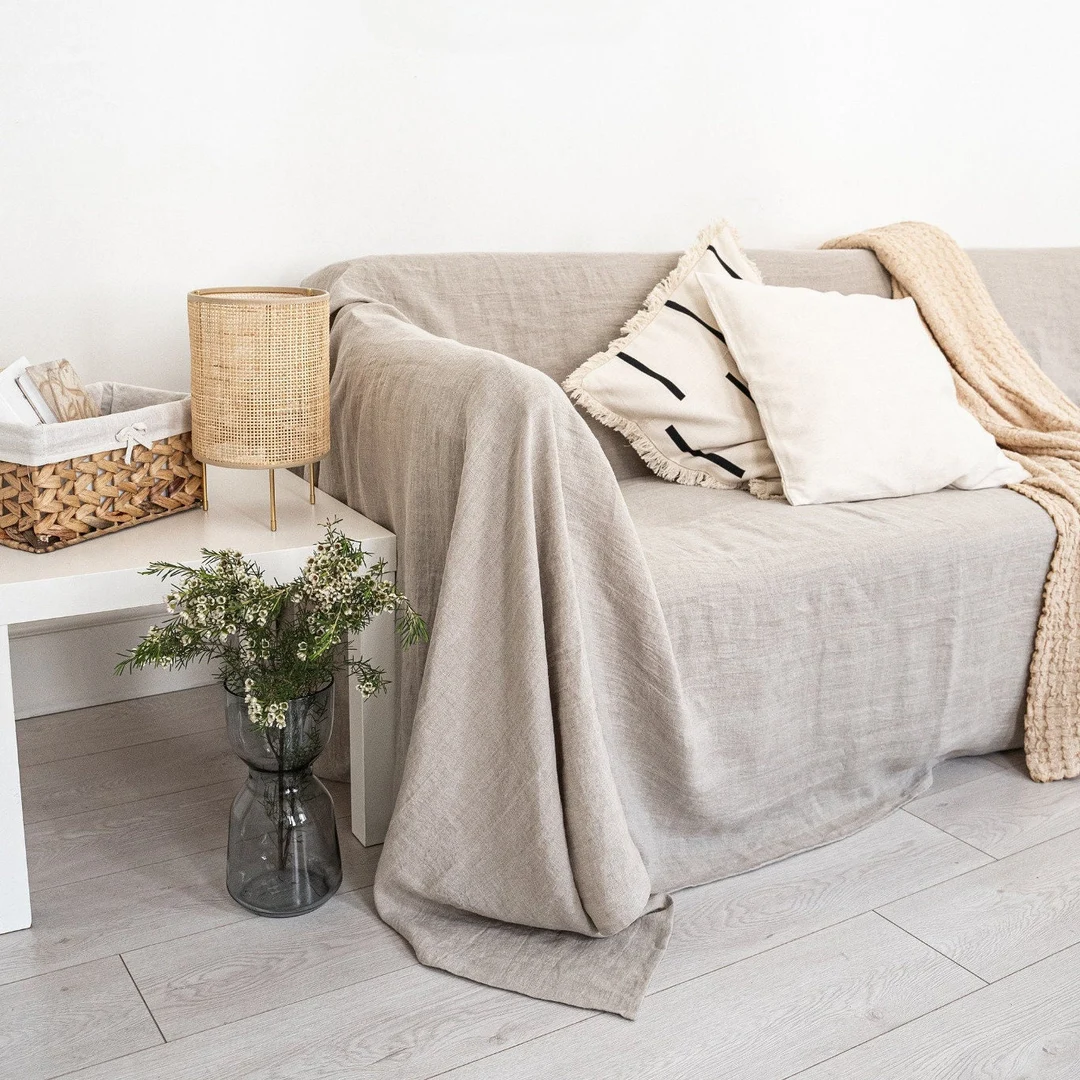
The popularity of linen has long extended from wardrobes to the home sector. At Heimtextil 2025 (Frankfurt International Trade Fair for Home and Contract Textiles), textured linen took center stage—its natural rough texture adds a sense of breathability to spaces, while its soft tones balance the cold hardness of modern home decor.
Whether using linen curtains to filter soft natural light, linen sofa covers to create a warm resting corner, or even linen wallcoverings to build a textured background wall, it’s easy to strike a balance between "natural style" and "sophistication." Foreign home bloggers have also been sharing linen-themed home makeovers, turning "bringing nature into the home" into a new lifestyle trend.
- Gen Z regards linen shirts as a symbol of "anti-rat race." Paired with jeans, they effortlessly create a stylish look without overthinking outfits, refusing to waste energy on dressing up.
- High-net-worth individuals use linen items to build a new type of social identity. Compared to flashy brand logos, natural linen better reflects understated taste and a pursuit of life’s authenticity.
This shift in consumption—from "pleasing others" to "prioritizing self-comfort"—has made linen a more solid "emotional moat" than any label.
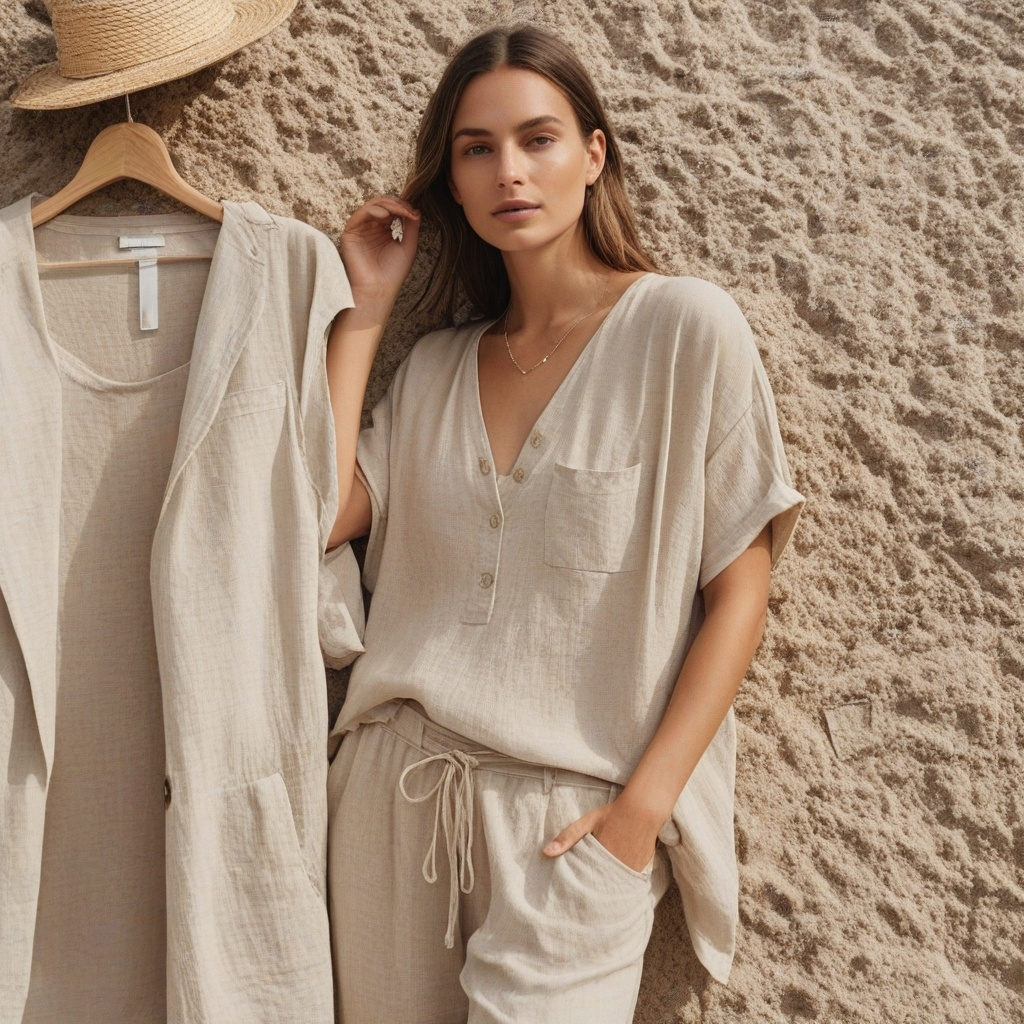
Linen is shedding its rigid label of "simple and plain" and embracing new vitality in the field of design. The 2025 Loro Piana Knitwear Design Award focused on linen, encouraging designers to blend it with winter yarns to explore the possibilities of material collision.
Among the entries, some designers created warm yet breathable knitwear by blending linen with wool; others used special knitting techniques to give linen a silk-like luster; still, others broke the "earth-tone limitation" of linen with color-block designs. These innovations not only expand the application scenarios of linen but also upgrade it from a summer fabric to a versatile material "suitable for all seasons," completely subverting people’s traditional perception of linen.
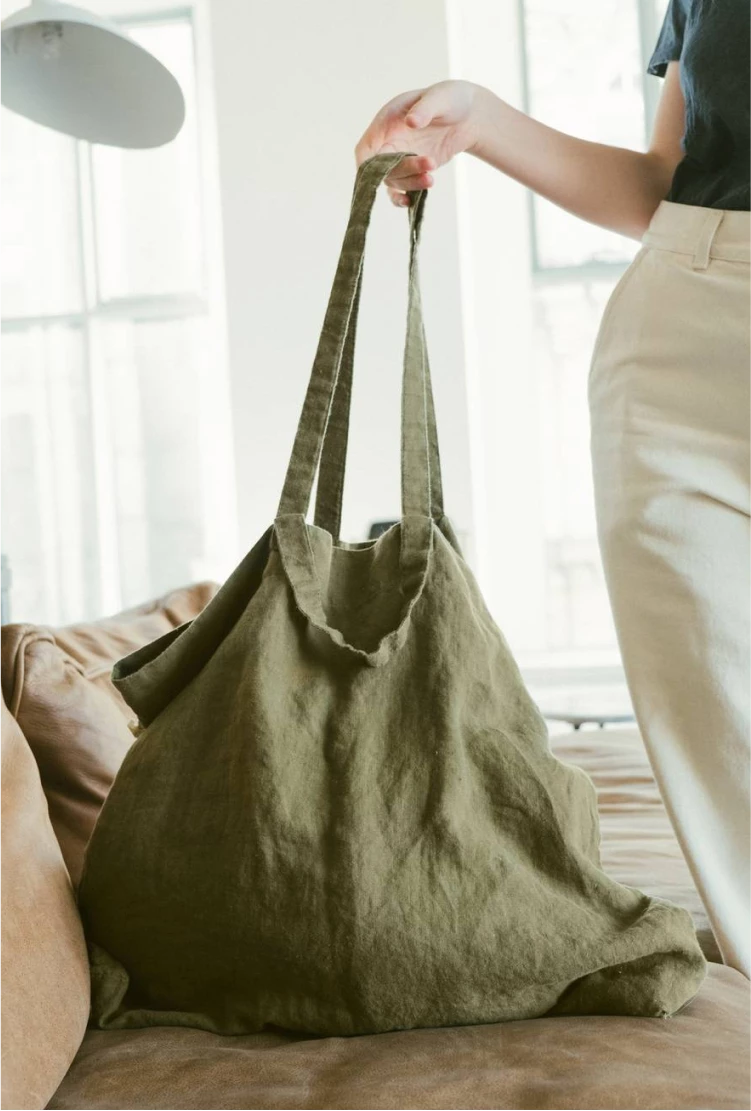
Fabric Essence: The "Golden Ratio" of Linen and Cotton, Combining the Advantages of Both Fibers
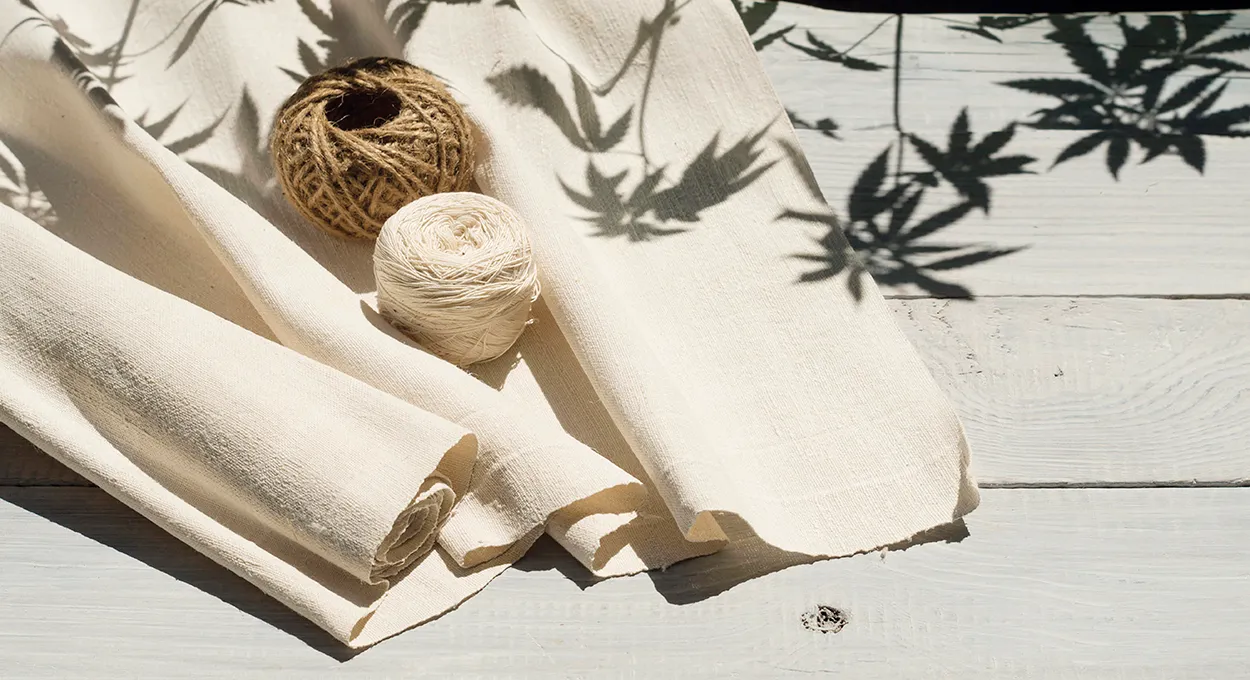
100% Cotton Yarn-Dyed Jacquard and Cut Pattern
Cotton-polyester Jacquard Fabric
Decoration wooden present
Eames lounge chair
Eames plastic side chair
Henectus tincidunt
iPhone dock
Ornare auctor
Smart watches wood edition
Wine bottle lantern
Wooden single drawer
Linen-cotton blend is not a single fiber, but a fabric made by blending linen and cotton in specific proportions. Its core value lies in "taking the strengths of both and compensating for their weaknesses".
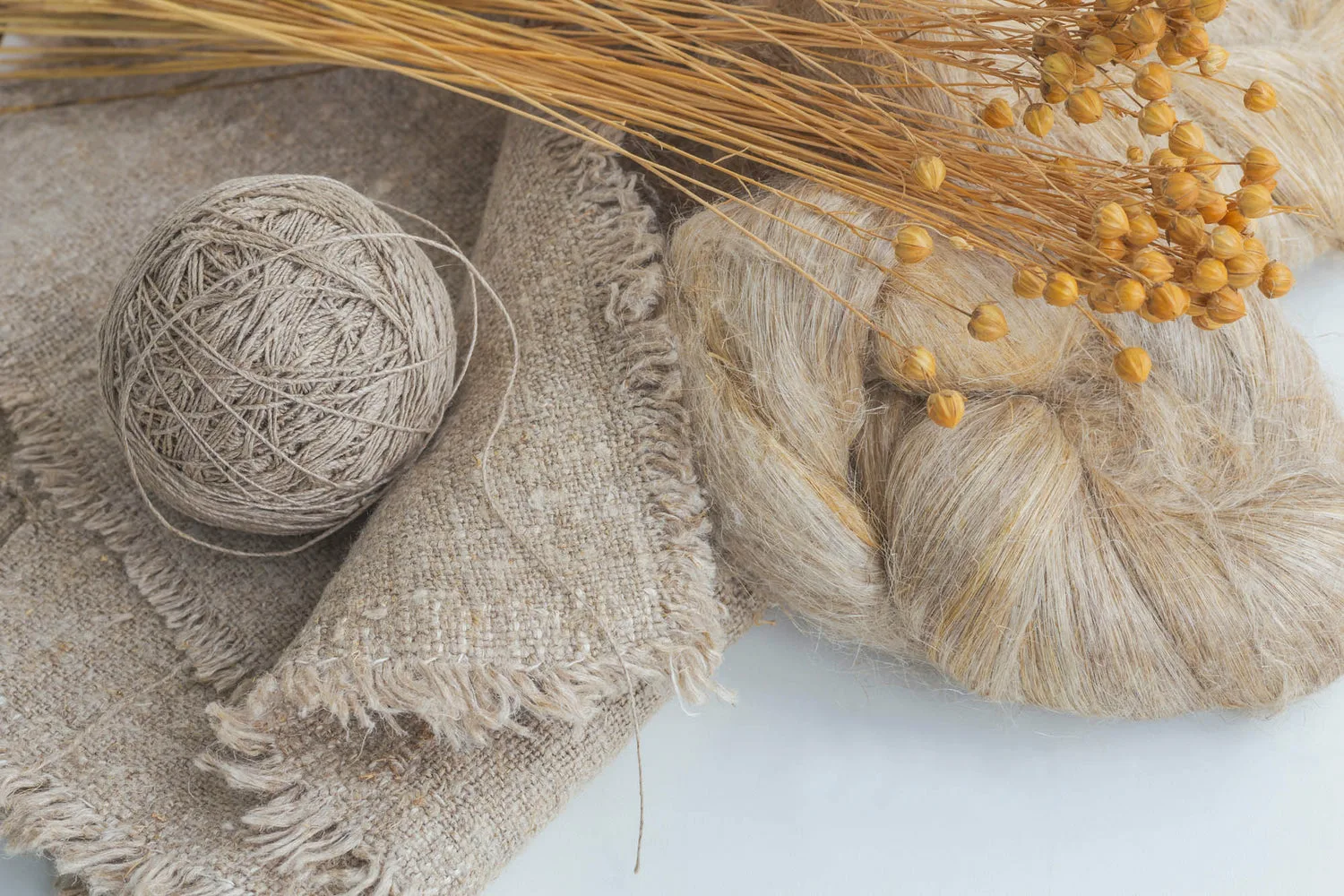
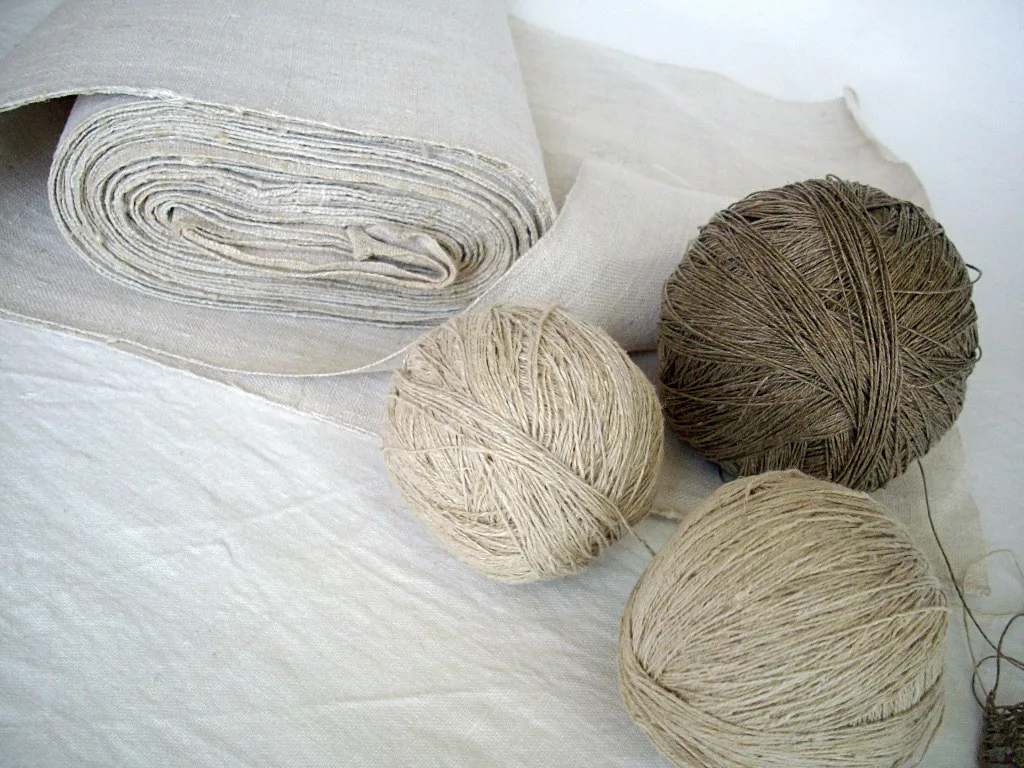
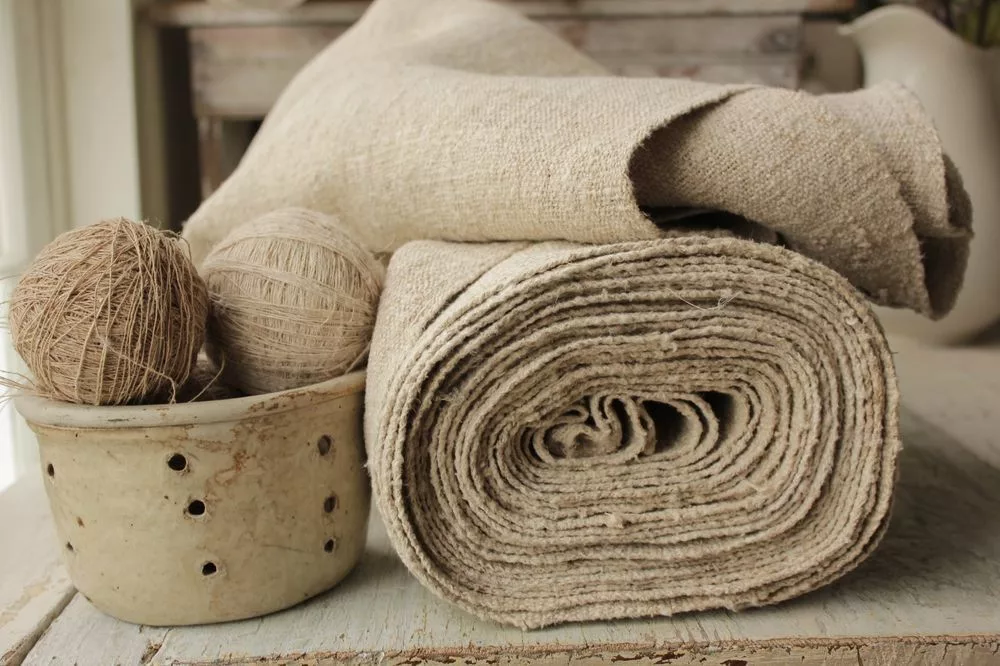
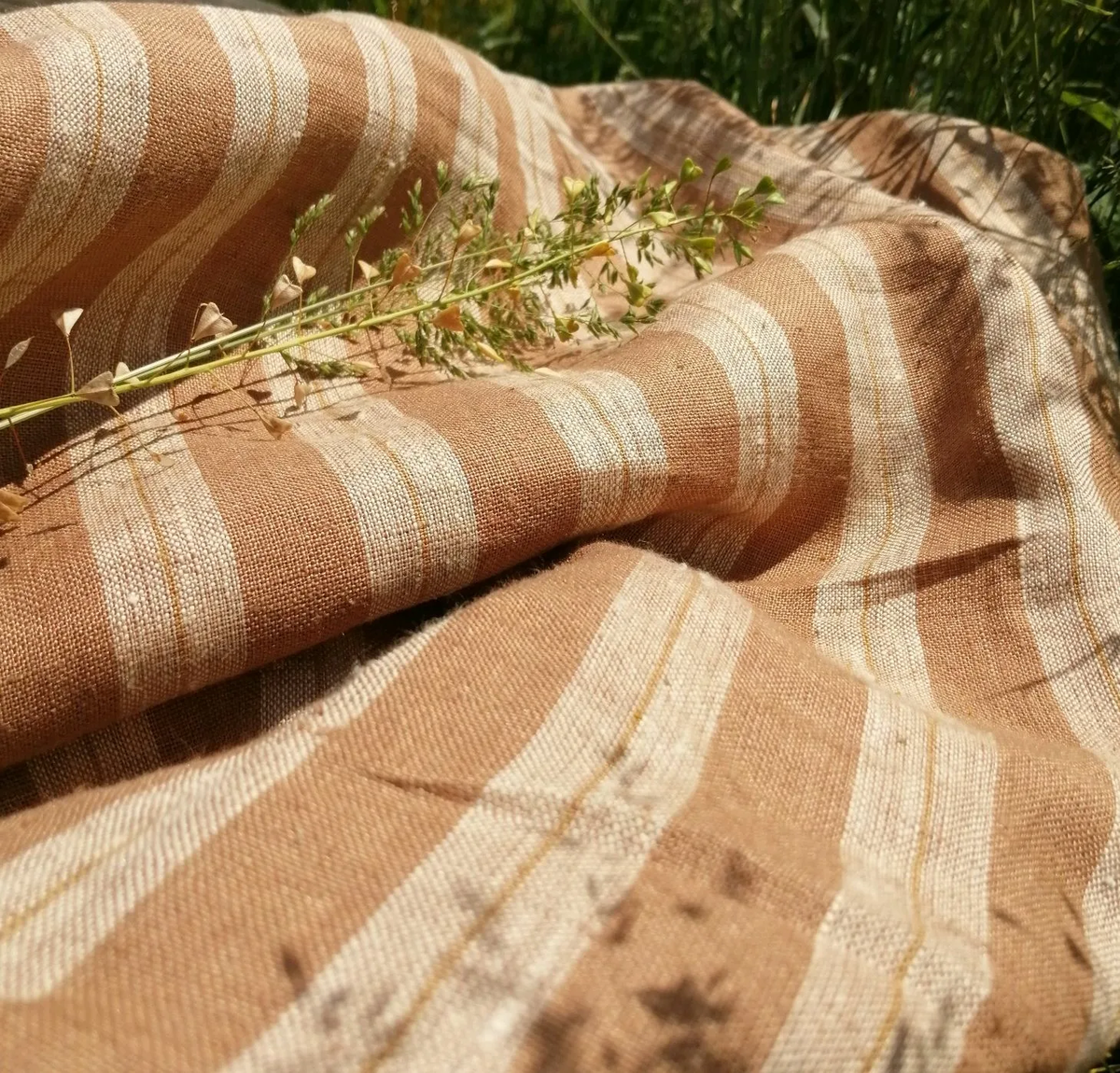
Composition Characteristics
Common proportions are "55% linen + 45% cotton" or "60% linen + 40% cotton" (adjustable according to needs). Linen fibers have a natural hollow structure, offering strong breathability and moisture absorption; cotton fibers are soft, delicate, skin-friendly, and highly durable. When blended, they not only retain the fresh texture of linen but also reduce the roughness and wrinkle tendency of pure linen.
Difference from Pure Linen/Pure Cotton
Compared with pure linen, linen-cotton blend is softer and more wrinkle-resistant, avoiding the severe shrinkage of pure linen after washing. Compared with pure cotton, linen-cotton blend has over 30% better breathability, making it less stuffy to wear in summer. It also features the unique natural texture of linen, presenting a more premium look visually.
Excellent Moisture Absorption and Breathability
The hollow structure of linen fibers quickly wicks away moisture, while cotton can absorb 20 times its weight in water without feeling stuffy. Combined, the fabric has both "quick-drying" and "moisture-absorbing" properties, lowering the body surface temperature by 2-3°C when worn in summer. It is especially suitable for hot and humid areas or people who sweat easily.
Balance of Skin-Friendliness and Durability
Pure linen tends to cause itching due to friction against the skin, but the addition of cotton fibers in linen-cotton blend makes the fabric softer to the touch, suitable even for sensitive skin. At the same time, the high-strength linen fibers enhance the fabric's durability—it is not easy to deform or pill after repeated washing, and its service life is about 50% longer than that of pure cotton fabrics.
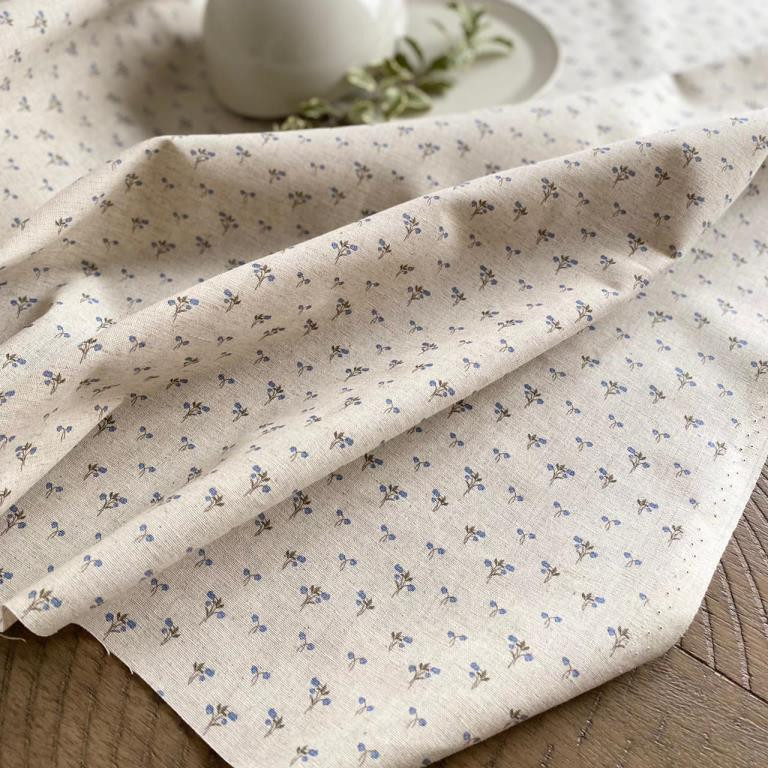
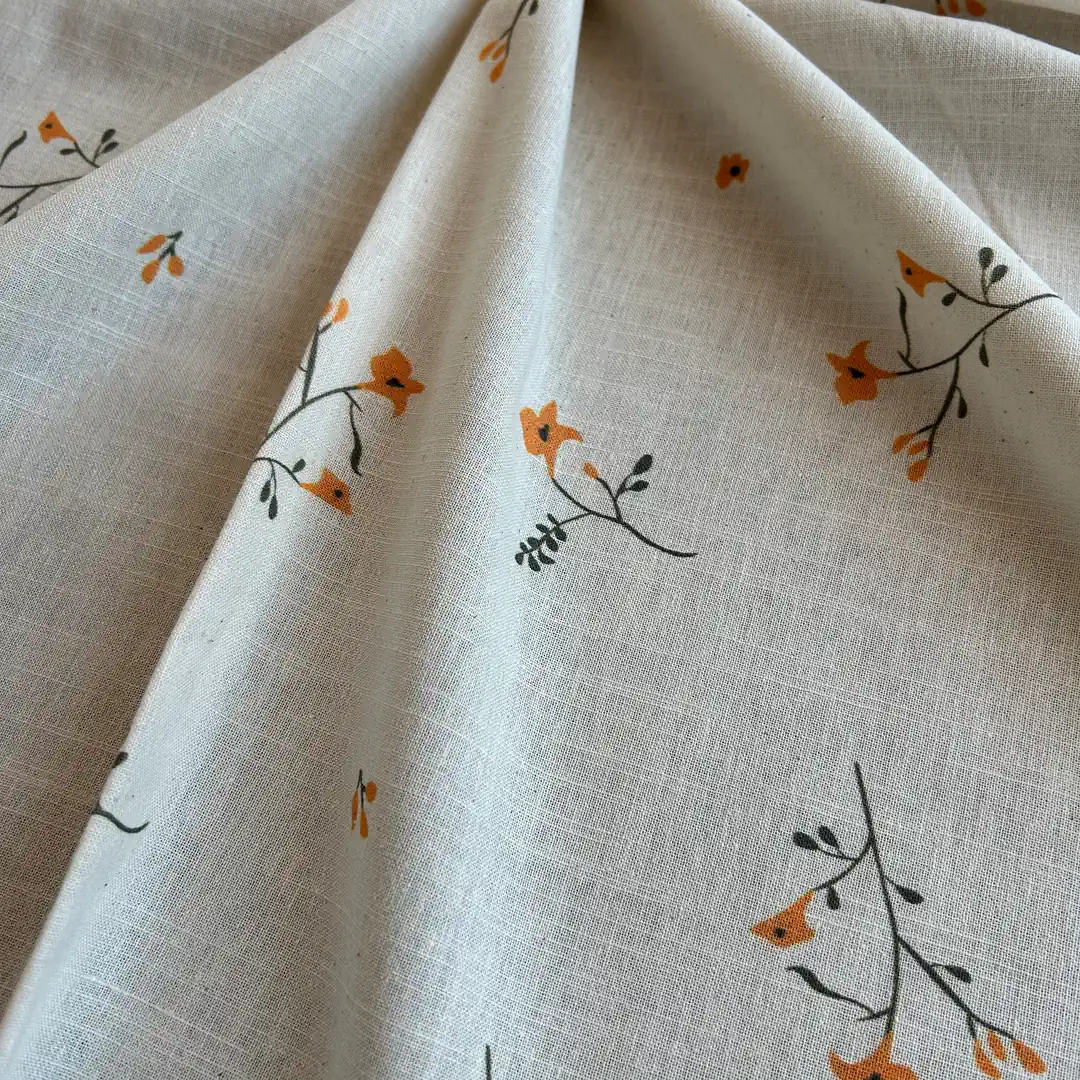
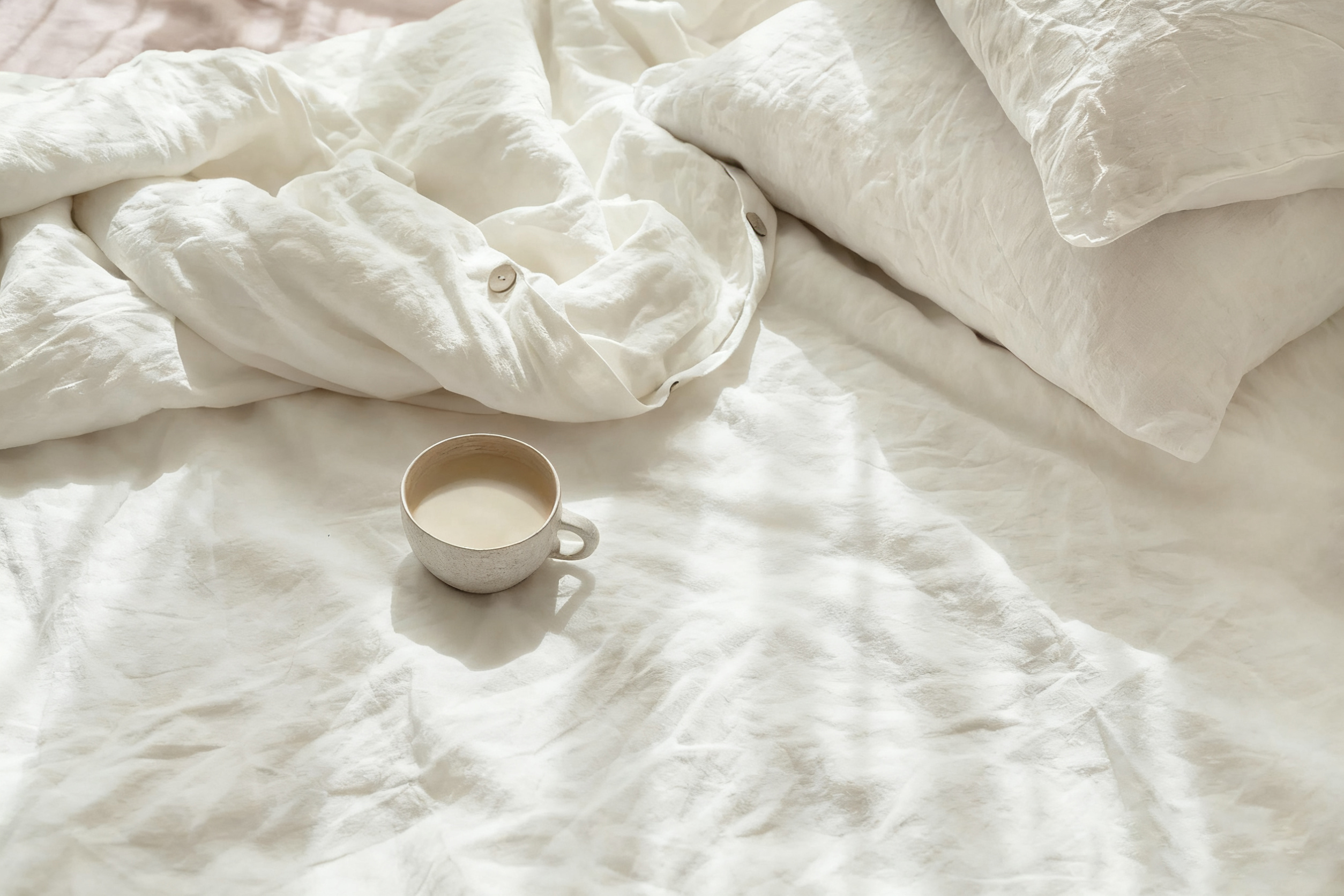
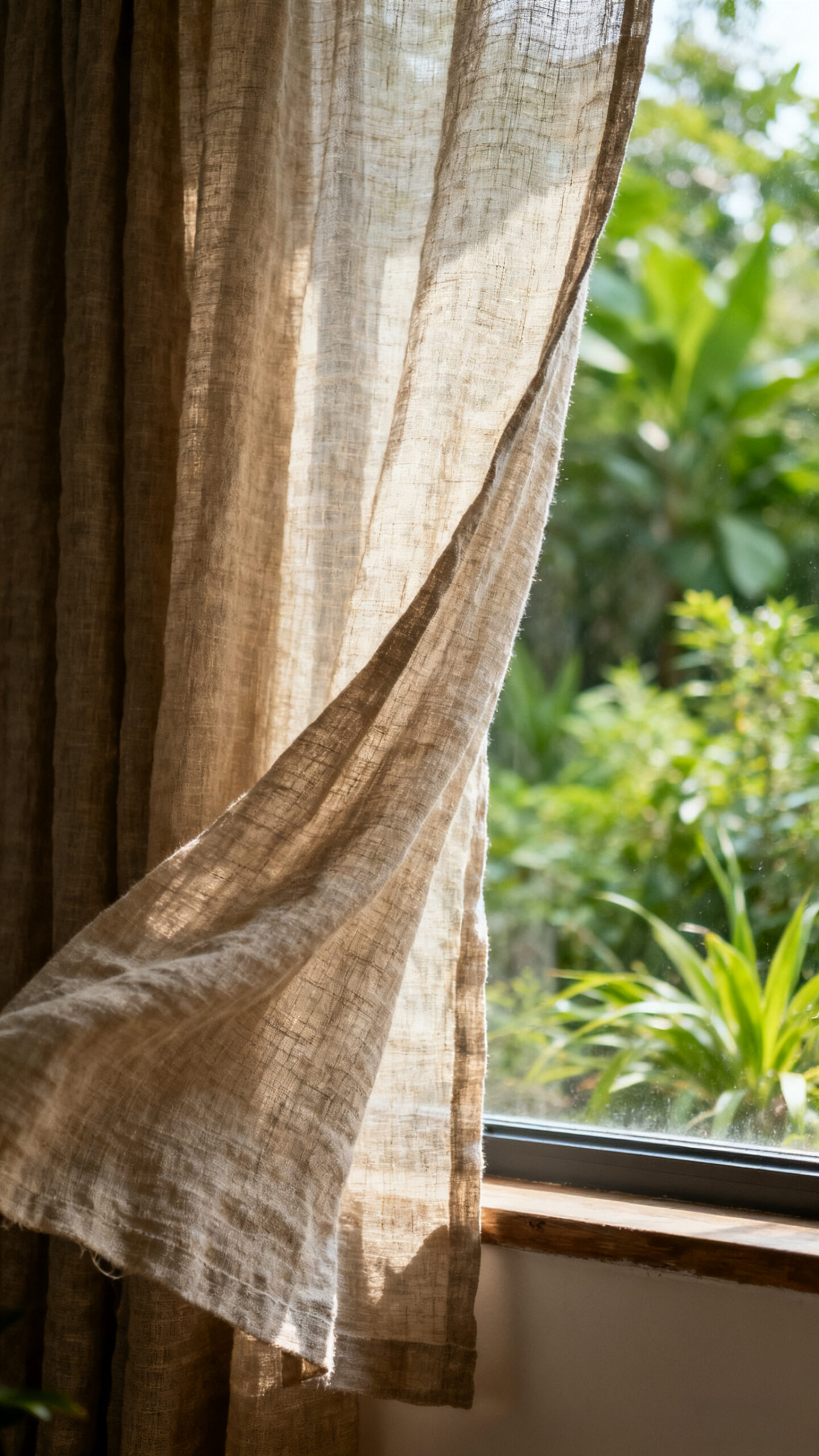
Linen-cotton blend boasts a natural fibrous structure with tiny gaps, acting like “invisible air vents” for your skin. Even on sweltering days above 35°C, it quickly wicks away sweat and moisture, sparing you from the discomfort of sticky, clammy skin. The moment it touches your skin, you’ll feel a delicate softness—free from the rough itch of pure linen and the heavy stuffiness of pure cotton. Whether worn next to the skin or used for sleeping, it’s like wrapping yourself in a “breathing cloud,” allowing every inch of your skin to “breathe freely” and easily cope with the sweltering summer heat.

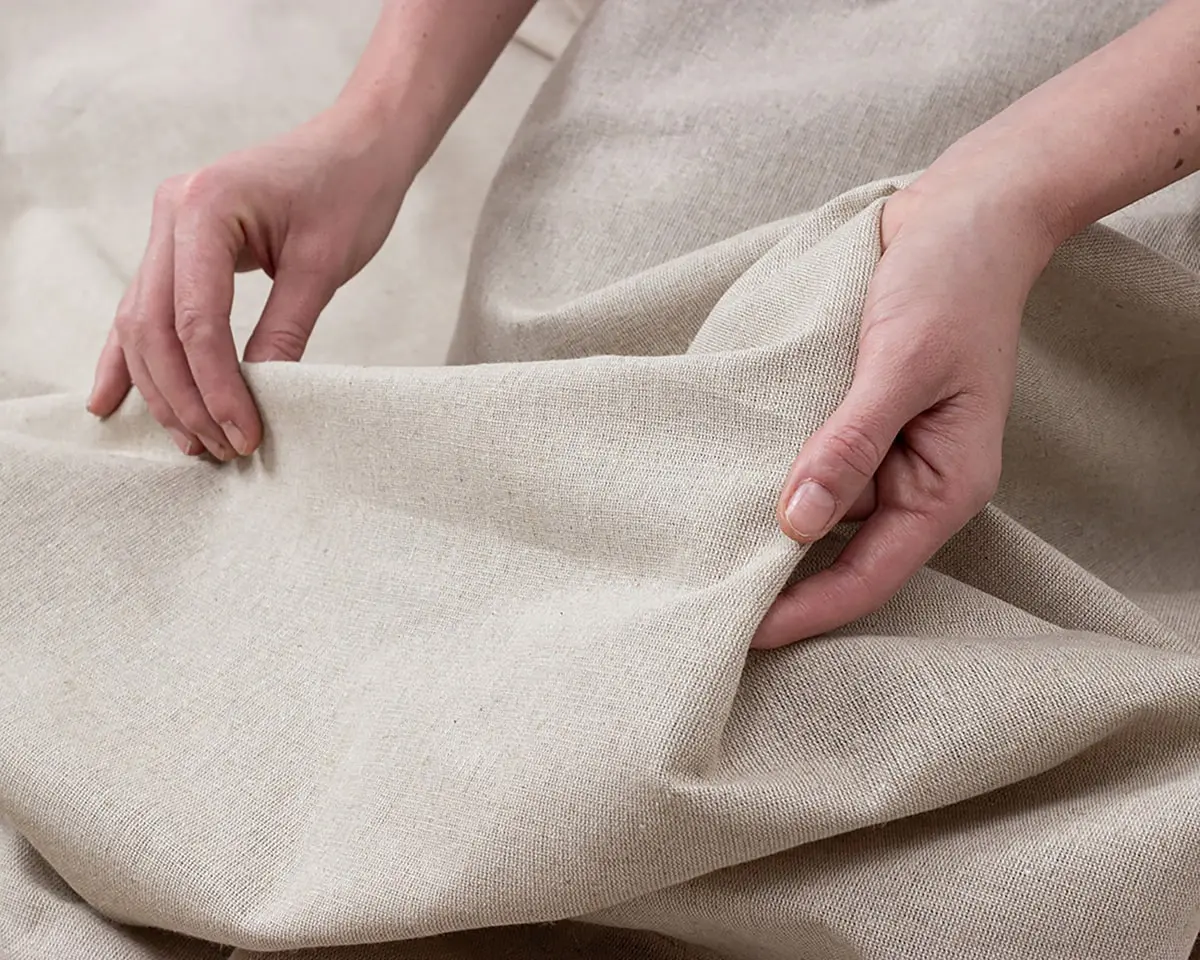
Unlike ordinary fabrics that easily wrinkle or lose shape, linen-cotton combines the sturdiness of linen with the flexibility of cotton. It resists pilling and shrinking even after repeated machine washes, keeping clothing shapes crisp and neat for the long haul. During daily wear, even after sitting for hours or being folded, it only forms soft, natural textures instead of stiff wrinkles—saving you the trouble of frequent ironing. Whether it’s a commute-ready shirt, casual wide-leg pants for weekends, or home bedding, it can withstand daily wear and tear, becoming more textured with each use. It’s truly a “durable all-star” that requires no fussy maintenance.
Linen-cotton comes with a unique textured finish, featuring irregular fine patterns on every inch of the fabric. Unlike the rigid smoothness of synthetic fabrics, it exudes an original retro charm. Light colors have a soft matte sheen, while dark colors showcase a more premium texture. Whether crafted into a simple dress, a loose T-shirt, or an artistic-style jacket, it effortlessly creates an “effortless fashion look.” Moreover, as time goes by, the fabric gradually develops a naturally softened hue—each piece gains its own unique “trace of time,” freeing your outfits from dull monotony.
